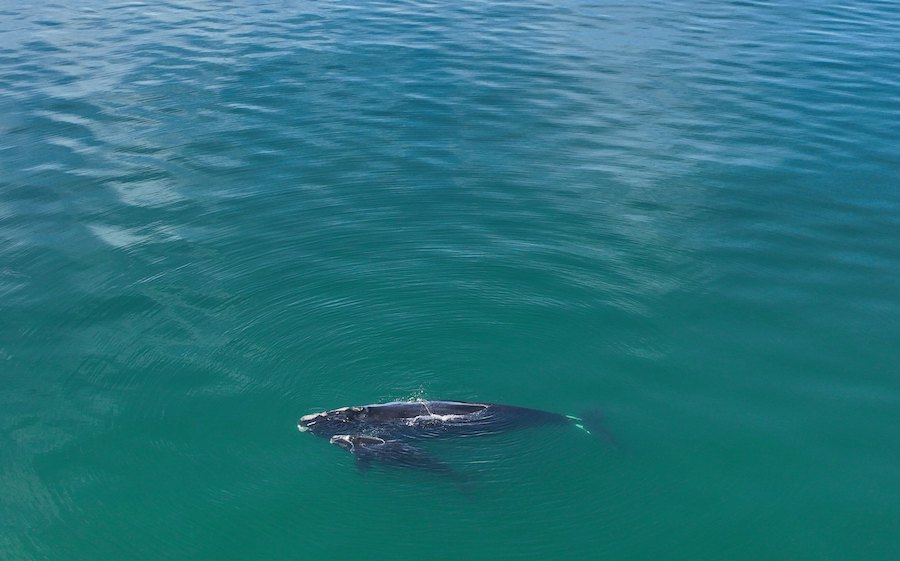
A new program at the Museum of Coastal Carolina aims to help save the dwindling North Atlantic Right Whale population while teaching visitors about their plight and the technology being used to save them.
There are only about 350 North Atlantic Right Whales in the wild today. Once hunted for their blubber and oil, the whales now more than ever are killed by speeding vessels. The National Oceanic and Atmospheric Administration protects the endangered animals by limiting boat speed in critical areas such as their migration path from Florida to New England. Those whales will soon begin migrating in local waters as they make their way to calving grounds in the warm, shallow waters of Georgia, South Carolina, and Florida this winter.
Working with MotionInfo in Orleans, Massachusetts, the Museum has installed AIS, or Automatic Identification System, equipment to identify and broadcast messages to vessels 20 or more miles into the Atlantic Ocean asking them to reduce their speed if they are traveling more than 10 knots.
The Museum, working with The GPS Store of Ocean Isle Beach, has designed an exhibit to show visitors the AIS equipment and how it works. It also includes the StationKeeper box that pairs the monitoring equipment with the broadcast capability. Eventually MotionInfo hopes to advance the systems to track groups of whales as well as vessels in order to more directly prevent vessel strikes.
“The North Atlantic Right Whale is a massive animal— up to 50 feet long and 140,000 pounds.” said the Museum’s director of programs and exhibits Jamie Justice. “The impact of just one of these beautiful whales on its environment is immeasurable. They are extremely important to their ecosystem. They redistribute nutrients, help keep the food web in balance and play a role in absorbing carbon.”
“We realize asking boaters to slow down is a sensitive issue, particularly for those who are out on the ocean to earn a living, but we want to preserve these waters so that its wildlife is there for our children and grandchildren.”
The exhibit is located in the Museum’s Seashore Galary alongside its touch tank. The discreet equipment is mounted on the Museum’s southside along Second Street facing the ocean and will also include signage that describes the program for walkers.
Currently, MotionInfo has about 40 stations on the Atlantic Coast, mostly in New England where the NARW are more prevalent. They are working to build a network that covers the entire coast.


